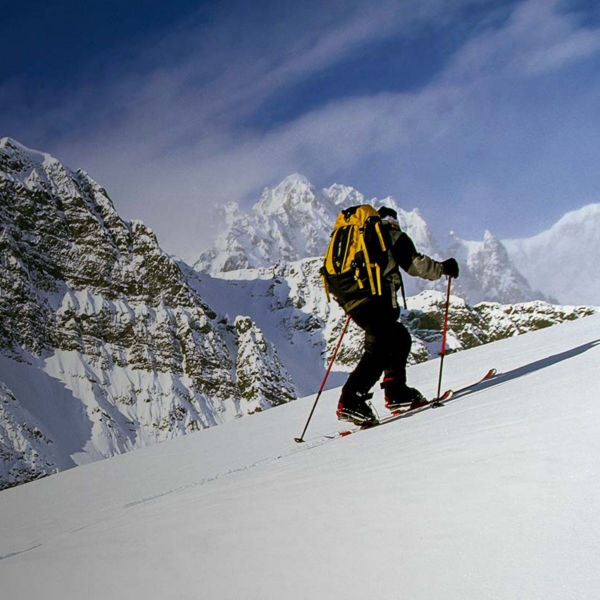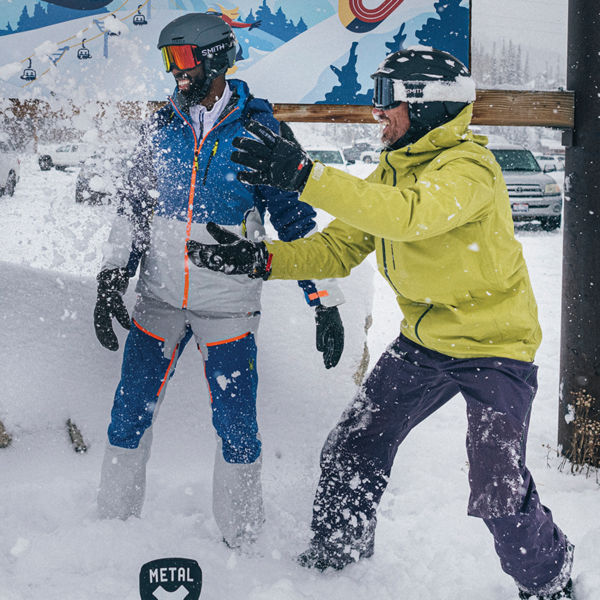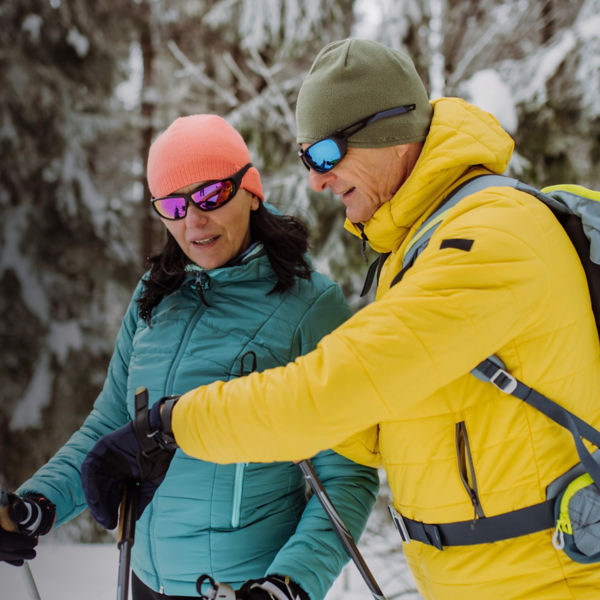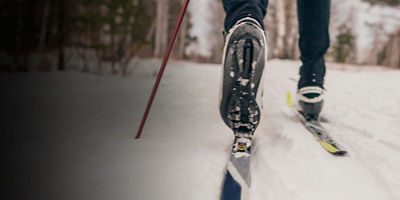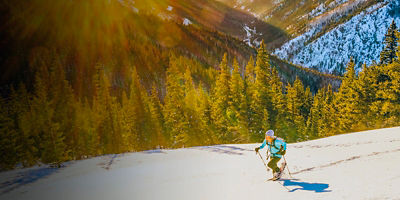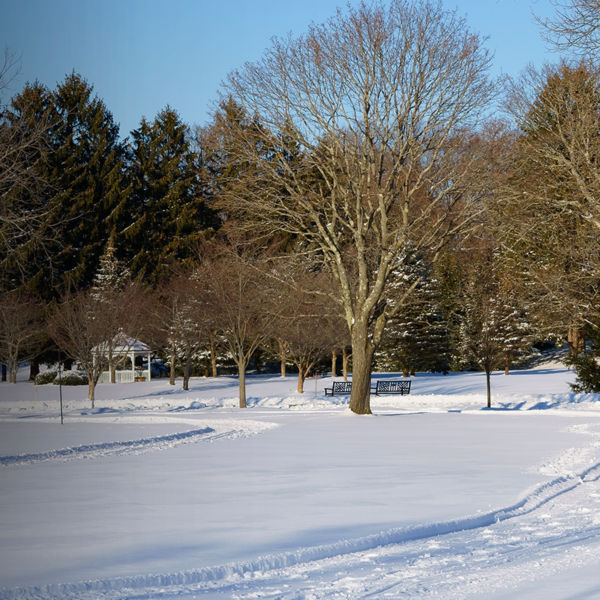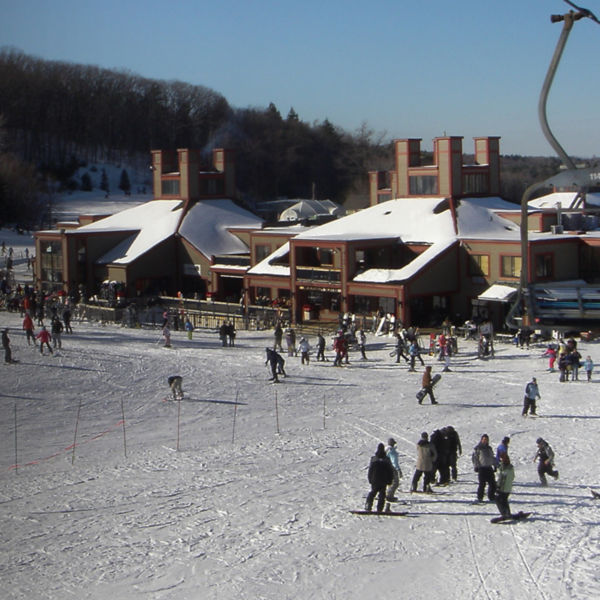
If you ski, excitement for the winter starts building before the flakes even start flying. Pair that enthusiasm with some prep work if you want to get the most out of the season ahead. Even if you’ve been active during the summer, focused pre-season strength training is the best way to ensure you’ll hit the slopes ready to shred. For skiers, that training should target the legs and core—muscles that will help your body handle variable snow and deep powder so you can ski longer, ski better, and ultimately have more fun. And while more powerful overall skiing is great, training for strength also helps prevent injuries, too. The most common non-fatal injuries in alpine skiing are knee injuries, including ACL and MCL tears. While accidents do happen, stack the cards to stay healthy and injury-free by strengthening your legs and core to protect joints and improve your balance.
How To Build Leg Strength
Focus on two main exercises when building leg strength for skiing: the squat and the deadlift. It’s important to lift heavy weights for power and muscle recruitment, but it’s essential to build the proper technique before you tack on lots of weight. That way, you’ll avoid injury and maximize the workout. For best results, consult a weightlifting coach or personal trainer for guidance until you’ve mastered the proper form.
To complete the leg strengthening workouts below, you’ll need access to a gym with free weights, a barbell, a lifting platform, and a rack. Alternatively, you can perform lighter-weight squats and deadlifts with kettlebells. Every strength training session should start with easy aerobic exercise and a general warm-up. Then, build up to the heavy lifting by starting light and gradually increasing the weight.
Alternate between squats and deadlifts with each workout, and make sure you give yourself at least 48 hours of rest between lifting days.
General Warm-up
Before lifting weights, start with easy aerobic exercise to loosen up the muscles and get the blood flowing. Try 10 minutes of running, walking, or using a stationary bike or rowing machine at an easy effort. Then move into a conditioning circuit and complete two to three sets of each of the exercises below.
Dislocates: Hold a PVC pipe out in front of you with a wide overhand grip, keeping your elbows straight. Keep your feet shoulder-width apart and your core engaged. Slowly lift the pipe over your head and as far back as your flexibility will allow, keeping your shoulders straight, and then return the pipe to its original position in front of you. Repeat 10 times.
Bear Crawl: Start with your hands and feet on the ground and your back positioned high and flat. Walk your hands and feet forward by moving the opposite hand and foot forward with each step. Alternate between each side for 20 steps.
Lateral Ski Jump: Start with your feet shoulder-width apart with your hips and knees slightly bent. Shift your weight to your left leg while picking your right foot up. Lean down on the standing (left) leg, bending the knee. Then push off with your left foot and jump to the right side, lifting up your left leg and bending your right knee. Jump back and forth, swinging your arms for balance. Repeat 10 times on each side for a total of 20.
Glute Bridge: Lie on your back with your knees bent and your feet planted. Raise your hips off the floor until your body is straight from the shoulders to the knees. Hold for a moment and then return to the starting position. Repeat 10 times.
Box Jumps: Start with a box that’s on the shorter side. Facing the box, stand one step away with your feet shoulder-width apart. Bend your knees slightly, and then jump up onto the box. Step back down carefully and repeat five to 10 times.



















